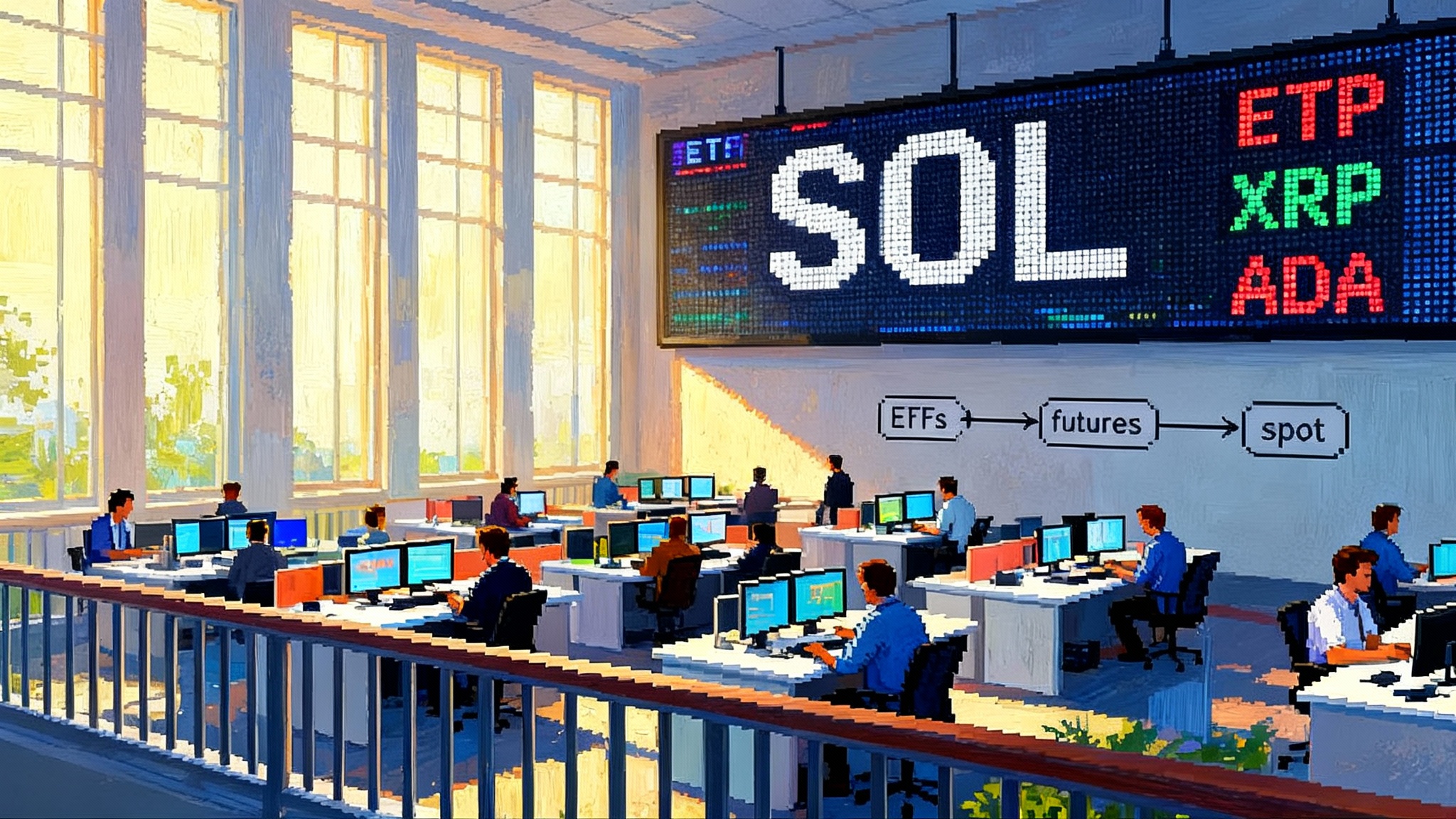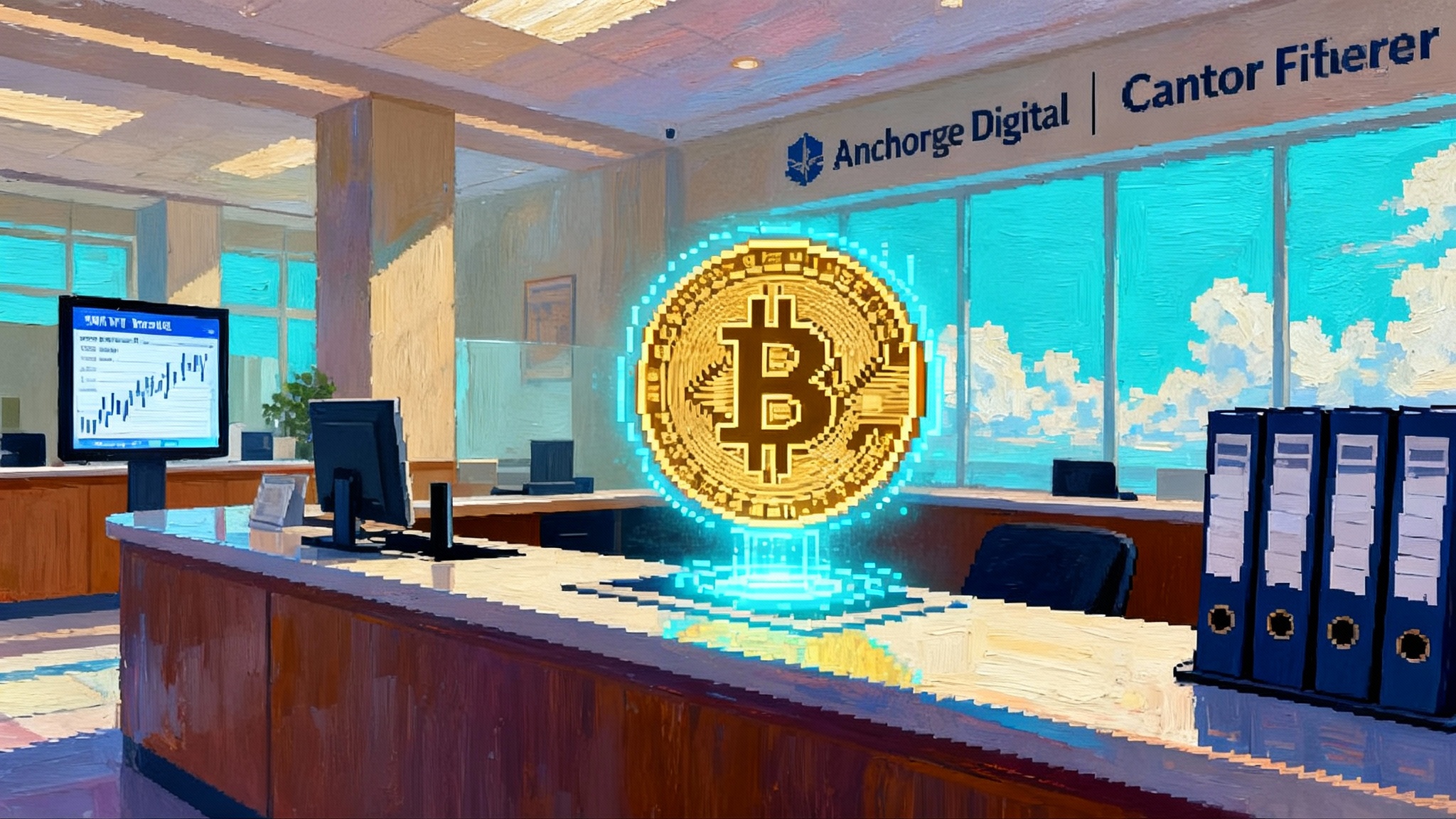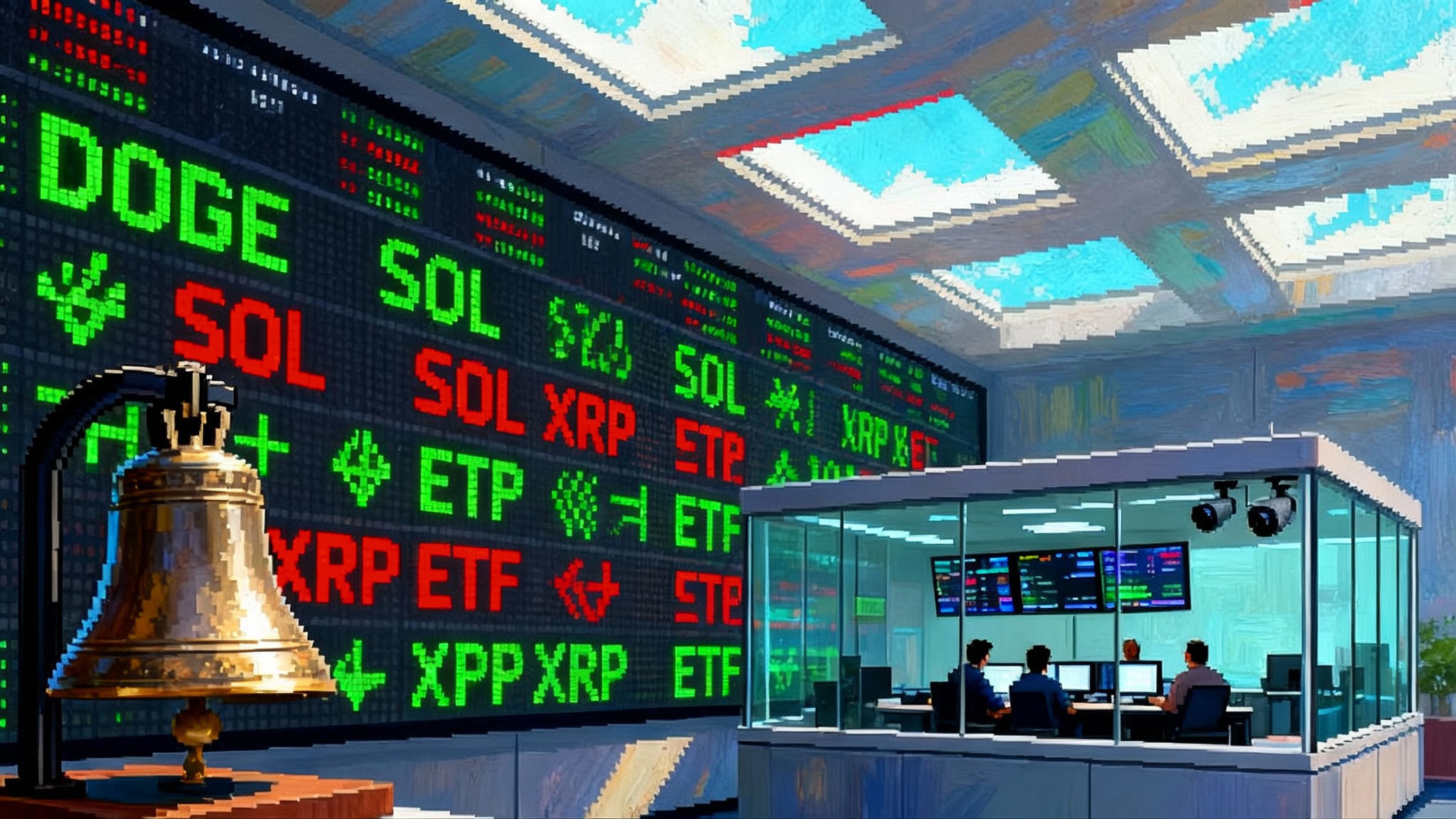SEC Opens Door to Multi-Asset Crypto ETFs and In-Kind Flows
In 48 hours the SEC approved generic listing standards for spot commodity ETPs and permitted in-kind creations. The combo unlocks multi-asset and altcoin ETFs, tighter spreads, and deeper price discovery heading into Q4 2025.

The 48 hour shift that rewires U.S. crypto ETFs
On September 17–18, 2025, the SEC approved generic listing standards for spot commodity ETPs across NYSE Arca, Nasdaq, and Cboe BZX, and paired that with the first U.S. multi-crypto product under the new framework. The key change: if a spot commodity ETP meets the generic criteria, an exchange can list it without a bespoke Section 19(b) order. That turns a political gauntlet into a rulebook exercise and explicitly brings digital assets into scope. See the SEC press release on generic listing standards. In a separate step on July 29, 2025, the Commission permitted in-kind creations and redemptions for crypto ETPs, aligning them with the standard commodity ETF model. See the SEC press release on in-kind creations.
Together, these moves push the market beyond a bitcoin and ether duopoly toward single-asset altcoin funds, diversified indexes, and thematic baskets. For broader context on what changes next, see our analysis of generic rules for altcoin ETFs.
What “generic listing” really means
Under Rule 19b-4(e), exchanges can list certain new products once they meet Commission-approved generic standards. In plain English: if a crypto ETP satisfies the exchange’s generic rule, the exchange can post the details and turn on trading without waiting months for a bespoke order.
Key gates for digital assets
- The underlying asset must meet market quality and surveillance thresholds.
- A practical onramp is a regulated futures contract that has traded on a designated contract market for a defined period.
- The futures path is the same mechanism that made bitcoin and ether possible at scale, and now points to the next set of tokens.
In-kind creations: why the funding pipe matters
Switching from cash-only to in-kind changes who bears friction and how tightly an ETF can track net asset value.
- Lower primary market costs: In-kind lets authorized participants deliver the coins that match the basket and receive coins on redemption, avoiding an extra roundtrip through spot markets.
- Tighter secondary-market spreads: Market makers can hedge with the underlying asset rather than proxies, reducing uncertainty and narrowing arbitrage bands.
- Better resilience in stress: With in-kind flows, APs can source or return assets directly through crypto custody networks when cash wires lag.
Operationally, this forces upgrades across custody, wallet operations, and risk policies. That investment pays dividends across listed and OTC crypto markets.
The immediate precedent: a multi-crypto ETF on day one
The Commission paired generic standards with approval to list and trade a Grayscale vehicle tracking the CoinDesk 5 index, a basket dominated by bitcoin and ether with measured allocations to solana, XRP, and cardano. Guardrails require a high share of assets that already underpin approved ETPs, creating a conservative starting point that still breaks new ground.
This single approval:
- Proves the generic pathway works for digital assets, not just metals or other commodities.
- Establishes a baseline template for index design, quality screens, and rebalancing.
- Normalizes diversified crypto exposure in one ticker for institutions that prefer broad beta.
Who benefits, and how
- Issuers: Filing complexity and timeline risk drop; fee competition intensifies.
- Authorized participants and market makers: In-kind unlocks inventory optimization and tighter quotes.
- Retail investors: Spreads should tighten and tracking should improve; the menu expands beyond two tickers.
- Institutions: Broader exposure with audited custody and buy-side controls fits existing mandates.
For how this accelerates altcoin access, see our explainer on Dogecoin and XRP ETFs.
What likely launches next in Q4 2025
A wave is coming, but not all at once. Eligibility still hinges on seasoning and surveillance.
- Solana single-asset ETFs: Solana futures began trading on a major U.S. venue in mid March 2025, satisfying seasoning by September and positioning listings for early Q4 if operations are ready. For scenarios and timelines, see our preview of the Solana ETF verdict in October.
- XRP single-asset ETFs: XRP futures started later in Q2 2025, pointing to late Q4 as the first realistic window for eligibility.
- Large-cap and platform baskets: Expect rules-based indexes that overweight bitcoin and ether with one or two additional tokens that meet eligibility.
- Thematic and factor funds: Conservative exposures at first, constrained by eligible tokens and index quality screens. Sponsors will avoid staking yield or governance rights.
By October and November, investors should see first listings, followed by a cadence of tickers into year end as issuers stagger launches.
What changes in market plumbing
Liquidity and spreads
- Cheaper, more precise arbitrage: In-kind creations and redemptions improve ETF-to-basket alignment and reduce persistent premiums or discounts.
- Better hedging: Market makers can hedge with the asset itself, improving quote stability during U.S. trading hours.
Custody concentration vs diversification
Expect sponsors to diversify custody as tickers multiply and in-kind flows scale. Multi-custodian models and standardized creation files and cutoffs should emerge across venues.
Price discovery migrates
With efficient arbitrage, shocks will propagate quickly among ETFs, regulated futures, and major spot venues. Volatility will cluster around the U.S. open, midday rebalances, and the 4 p.m. NAV window. This mirrors the microstructure of gold, oil, and equity sector ETFs.
Risk and oversight do not disappear
Generic listing is not no-questions-asked listing. Exchanges must post details, maintain surveillance, and meet ongoing obligations. Issuers must register offerings and disclose risks, methodology drift, and conflicts. The in-kind regime does not erase AML or custody diligence; it shifts more risk control to the point where ETF infrastructure meets on-chain operations.
The competitive map
- Crypto-native issuers gain: Running in-kind requires credible wallet operations and strong AP networks.
- AP concentration early on: Not every equity AP will step in immediately. Those that do will shape norms until tooling becomes turnkey.
- Fee compression: With tighter spreads and more substitutes, pricing power shrinks. Sponsors will differentiate via index design, liquidity partnerships, and distribution.
What to watch before year end
- First solana listings: Day-one spreads, primary participation, and whether creations open in-kind immediately.
- XRP eligibility date: Late fall is the likely inflection point for XRP seasoning.
- Basket design discipline: Expect caps that keep most weight in already approved components; watch rebalancing triggers.
- Options and leverage: As liquidity builds, options and index-linked contracts should follow, deepening hedging capacity.
The bottom line
The SEC replaced a slow bespoke gate with a rule-driven highway and opened the funding pipe crypto ETFs need. Generic listing takes debate out of the room and puts checklists into it. In-kind creations let the ETF talk directly to the underlying asset. Expect solana funds, the first XRP funds as eligibility clicks in, and a cluster of diversified indexes by Q4 2025. The market will look and trade more like the commodity ETF complex investors already understand, with a cleaner link between exchange-traded shares and the assets they represent.








